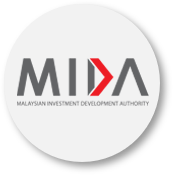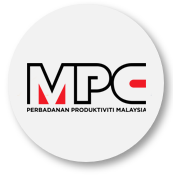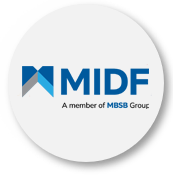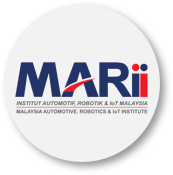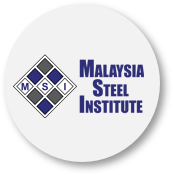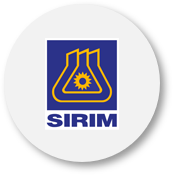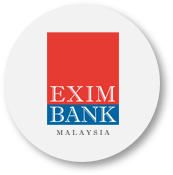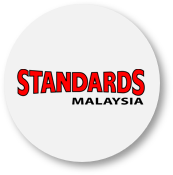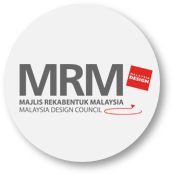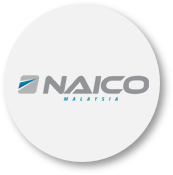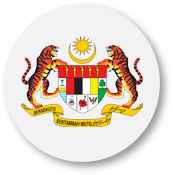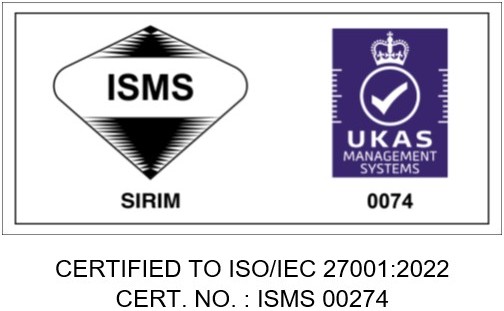-
The Oil, Gas and Energy N ational Key Economic Areas (NKEA) are targeting 5 percent annual growth for the sector in the decade from 2010 to 2020 . This target translates into an increase of RM131.4 billion in the period from 2010 to 2020 . Beyond economic growth in this decade, the oil gas and energy sectors are also responsible for building a sustainable energy platform for the rakyat and business, in this decade and into the future.
-
In line with this, the government introduced 12 Entry Point Projects (EPP's), business growth to deliver RM131.4billion of Gross National Income (GNI) impact. The Government has identified 12 EPPs , as well as two business opportunities within the oil, gas and energy sector. These EPPs will contribute RM47.1 billion to GNI to meet 2020 targets. An additional RM61.2 billion will come from business opportunities and baseline growth. Thus, the NKEA expects to deliver RM131.4 billion GNI impact and create an additional 52,300 jobs in the oil, gas and energy sectors.
-
The petroleum and petrochemical industry comprises three sub-sectors namely:
- natural gas;
- petroleum products ( Lubricating oils and refinery products such as liquefied petroleum gas, naphtha, gasoline, kerosene, fuel oils, gas oils, jet oils, diesel and bitumen); and
- petrochemicals products.
-
The industry is an important sector in Malaysia with investments totaling RM60.7 billion as at 2011 . The rapid growth of the industry is mainly attributed to:
- availability of oil and gas as feedstock;
- well-developed infrastructure; and
- strong base of supporting services.
-
Malaysia has the world's 14th largest natural gas reserves and 23rd largest crude oil reserves . Currently, Malaysia produced 2,000 million standard cubic feet per day of natural gas and 730,000 barrels of oil equivalent per day of crude oil.
-
Malaysia also has the world's largest production facility at a single location of liquefied natural gas with production capacity of 24.2 million metric tonne per year.
-
The presence of world renowned petrochemical companies , such as Dow Chemical, BP, Shell, BASF, Eastman Chemicals, Toray, Mitsubishi, Idemitsu, Polyplastics, Kaneka, Dairen and Honam speaks clearly of Malaysia's potential as an ideal location for petrochemical industries.
-
Three major petrochemical zones have been established are:
- Kertih, Terengganu;
- Gebeng, Pahang; and
- Pasir Gudang/Tanjung Langsat, Johor.
-
There are also other petrochemical plants in Malaysia such as:
- Bintulu, Sarawak and Gurun, Kedah (ammonia and urea);
- Pulau Pinang (acrylonitrile butadiene styrene);
- Labuan (methanol); and
- Kluang, Johor (nitrile-butadiene rubber).
PROJECTS APPROVED IN 2011
-
In 2011, a total of 47 projects with investments of RM3.1 billion were approved. Out of these, 16 were new projects (RM2.4 billion or 76.5%) while 31 projects were expansion/diversification projects (RM723.1 million or 23.5%).
-
Domestic investments amounted to RM295.3 million (10%) while foreign investments totaled RM2.8 billion (90%). The projects approved are expected to generate employment for 1,469 persons.
-
A total of 15 projects with investments of RM2.7 billion were approved in 2011, of which five were new projects with investments of RM124.5 million and ten were expansion projects with investments of RM2.6 billion .
-
Domestic investments amounted to RM1.7 billion (63%) while foreign investments totaled RM968.5 million (37%) . The projects approved will provide potential employment for 405 persons .
-
The major projects approved were:
- An expansion project by a majority Malaysian-owned company with total investments of RM1.3 billion for the degasification of liquefied natural gas in Melaka;
- An expansion project by a joint venture company with investments of RM853 million for the production of gas oil and sulphur in Negeri Sembilan;
- An expansion project by a foreign owned company with total investments of RM175 million for the production of polyvinyl butyral resin in Pahang; and
- An expansion project by a foreign owned company with total investments of RM168.7 million for the production of emulsion polyvinyl chloride paste resin in Pahang.
-
The trend of investments in the industry for the past three years has been towards increasing feedstock availability, expanding capacities, enhancing the value-add of existing products and broadening the range of petrochemicals produced in the country.
EXPORTS
- Exports of petroleum products including petrochemicals and plastics products amounted to RM48,135.7 million in Jan- June 2012 compared with RM38,949.3 million in Jan- June 2011 an increase of 3.3 per cent .
|
Petroleum and Petrochemical Product |
Jan –June 2012 |
Jan –June 2011 |
% Change |
|
Export Value (RM mil.)
|
48,135.7 |
38,949.3 |
3.3 |
Source: MATRADE
Main Exports as at June 2012
- Liquefied Natural Gas (LNG)( RM19,781.45 million)
- Refined Petroleum Products (RM 15,803.47 million)
- Crude Petroleum(RM 12,550.86 million)
3 Major Export Destinations as at June 2012
- Singapore (RM30,369,283 million)
- Japan (RM28,910,534 million)
- China (RM28,842,269 million)
IMPORTS
- Imports of petroleum products including petrochemicals and plastics products amounted to RM25,840.6 million in Jan- June 2012 compared with RM20,845.6 million in Jan- June 2011 an increase of 1.9 per cent .
|
Petroleum and Petrochemical Product |
Jan – June 2012 |
Jan – June 2011 |
% Change |
|
Import Value (RM mil.)
|
25,840.6 |
20,845.6 |
1.9 |
Source: MATRADE
Main Imports as at June 2012
- Refined petroleum products (RM13,328.7million)
- Crude petroleum (RM9,967.13 million)
- Other petroleum products (RM2,544.6 million)
3 Major Sources of Imports as at June 2012
- China (RM27,958,744 million)
- Singapore (RM25,621,015 million)
- Japan (RM20,820,387 million)
Last Updated 2015-05-14 11:59:42 by admin2







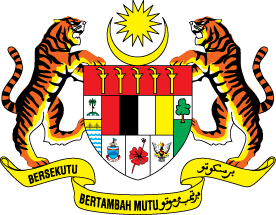





 Home
Home








